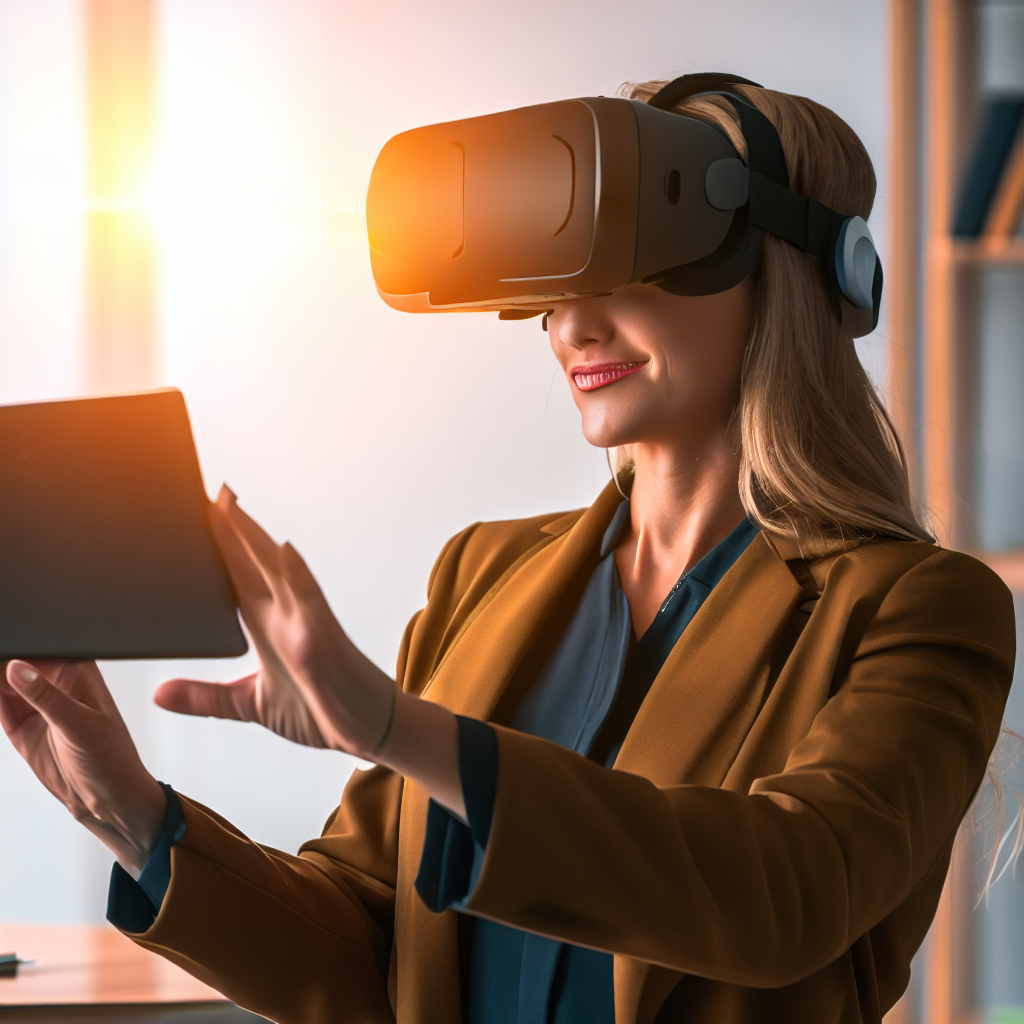Overcoming the Barriers to VR and AR Adoption: Why Your Industry Needs to Invest in Immersive Technologies
Virtual reality (VR) and augmented reality (AR) technologies have been available for several years, but their adoption has been slower than expected. Despite their potential to revolutionize industries and transform the way we learn, work, and interact, many businesses have been hesitant to invest in these immersive technologies. In this blog post, we will explore some of the barriers to VR and AR adoption, provide data and statistics to support the need for investment, and highlight the industries that stand to benefit the most from these technologies.
Barriers to VR and AR Adoption
High Costs and Limited Hardware Options: VR and AR technologies can be expensive to develop, and the cost of hardware and software can be a significant barrier for businesses. According to a study by Perkins Coie, the high cost of hardware was cited as a top reason why businesses were not adopting VR and AR technologies, with 43% of respondents reporting cost as a significant obstacle. In addition, the limited options for hardware can make it difficult to find equipment that meets their needs and budget.
Lack of Technical Expertise and Integration Issues: Developing VR and AR applications requires specialized skills and knowledge, which may not be easily available. Additionally, integrating these technologies with existing systems can be challenging and require additional infrastructure or software. According to Perkins Coie, 64% of respondents cited integration with existing systems as a significant barrier, while 52% cited the need for technical expertise.
Limited Content and Use Cases: Another major barrier to VR and AR adoption is the limited availability of high-quality content and proven use cases. According to Perkins Coie, 38% of respondents cited lack of content as a significant obstacle. Without a clear business case and proven applications, it can be difficult for businesses to justify the investment in VR and AR technologies.
Safety Concerns and User Experience Issues: VR and AR technologies can cause motion sickness or other health issues if not used properly, which is a concern for businesses. Additionally, user experience issues such as discomfort or difficulty using the technology can limit its appeal to employees or customers. According to a study by Gartner, concerns about the potential health and safety risks associated with VR and AR technologies were a significant barrier to adoption, with 35% of respondents citing this as a concern.
Why Your Industry Needs to Invest in VR and AR
Training: VR and AR technologies can be a powerful tool for training employees in a safe and immersive environment. By creating realistic simulations and scenarios, employees can develop critical skills and gain experience without risking injury or damage to equipment. According to a report by PwC, VR-based training can improve knowledge retention and reduce training time by up to 50%.
Healthcare: VR and AR technologies can be used to enhance patient care and improve medical training. For example, VR can be used to simulate surgeries, allowing medical students and residents to practice procedures in a safe and controlled environment. AR can be used to provide real-time information and assistance during surgeries or other medical procedures, improving accuracy and efficiency.
Engineering: VR and AR technologies can be used to design and test products and prototypes in a virtual environment, reducing costs and time-to-market. By creating virtual models and simulations, engineers can identify and correct design flaws before physical prototypes are created. According to a report by Deloitte, VR and AR can reduce product development time by up to 30%.
Tourism: VR and AR technologies can be used to provide immersive experiences and enhance the visitor experience. For example, VR can be used to create virtual tours of historical sites or cultural landmarks, allowing visitors to explore and learn in a new way. AR can be used to provide real-time information and context during tours, enhancing the visitor experience and increasing engagement.
In conclusion, while VR and AR technologies have faced challenges in adoption due to high costs, limited hardware options, and technical expertise, they hold immense potential in various industries. However, the use of 3D interactivity on mobile and laptop devices can bridge the gap of adoption and provide an immersive and engaging experience for users without the need for expensive hardware. As more businesses start to adopt these technologies, we can expect to see widespread adoption in the coming years, leading to enhanced user learning and engagement.
About Perceived
Perceived is a leading research and development company based in India that specializes in human-computer interaction capabilities for education. Founded in 2019 by experienced engineers who have worked in prominent EdTech companies like Byju’s, Unacademy, and Edu-com, Perceived has quickly established itself as a rising star in the field of education technology.
Backed by leading EdTech incubators like AWS edstart and government institutes like IAMAI (K-tech) and IIIT-Bangalore, Perceived is dedicated to providing real-time experience and engaging, interactive learning experiences to students through the use of proprietary XR technologies and design vision.
As an award-winning company, Perceived has helped its clients successfully adopt the concept of real-time experience in classrooms by using 3D interactive cutting edge technology to improve engagement and drive curiosity. With a strong focus on innovation, collaboration, and excellence, Perceived is poised to continue making valuable contributions to the field of education technology.

